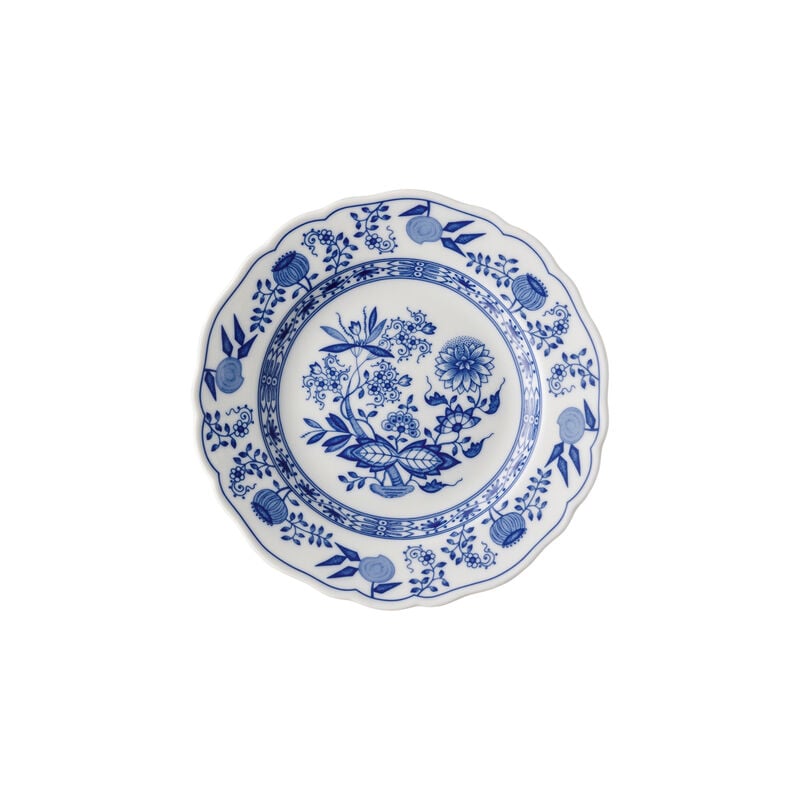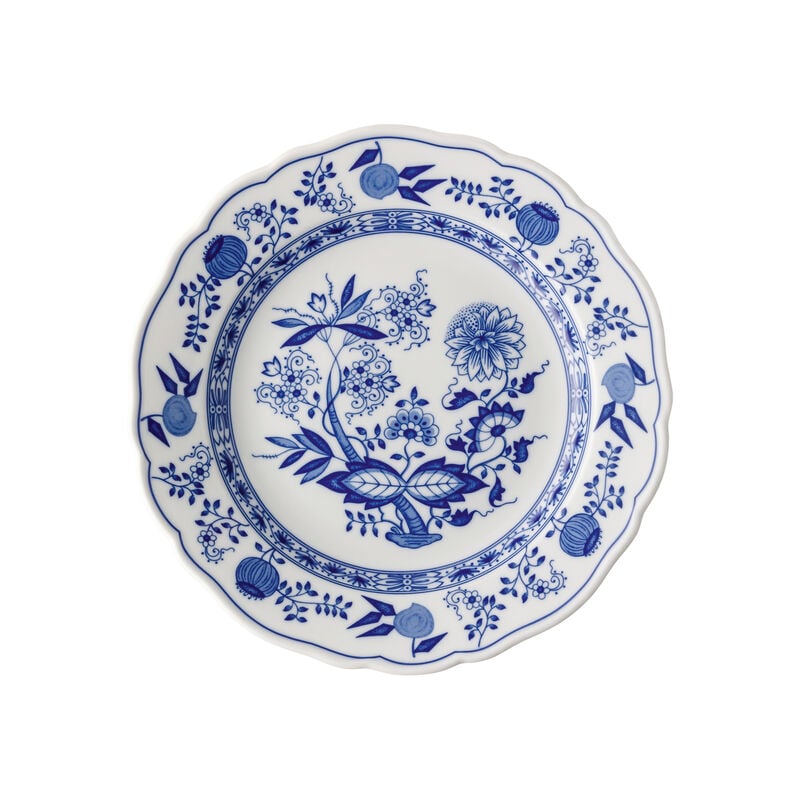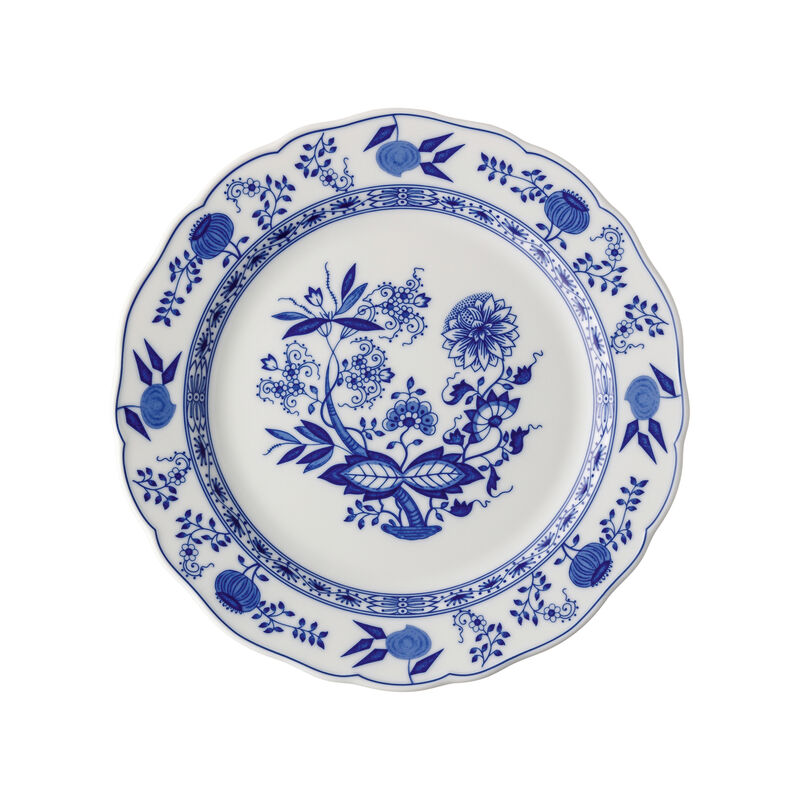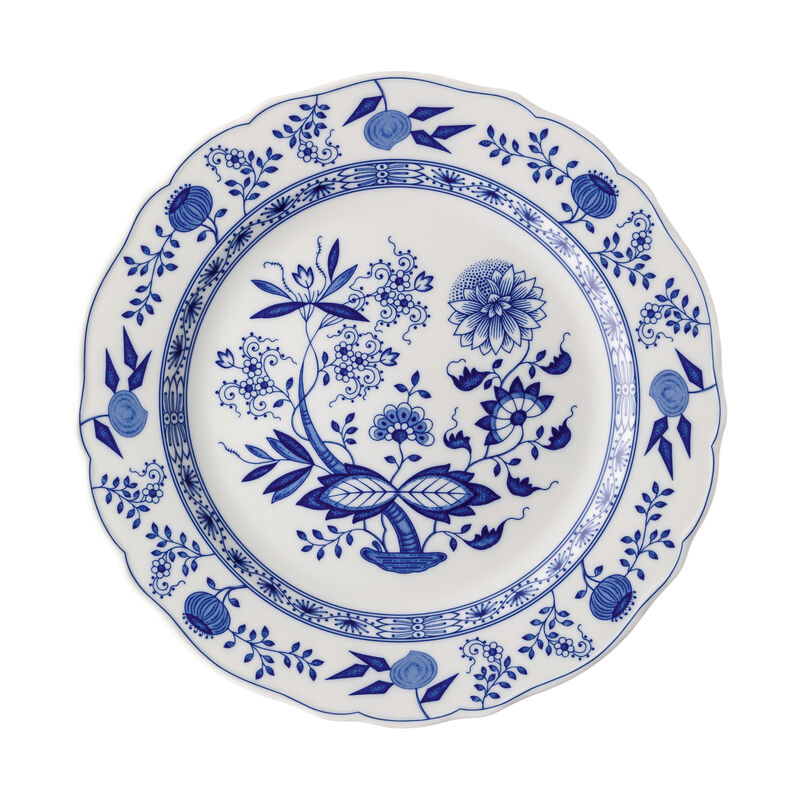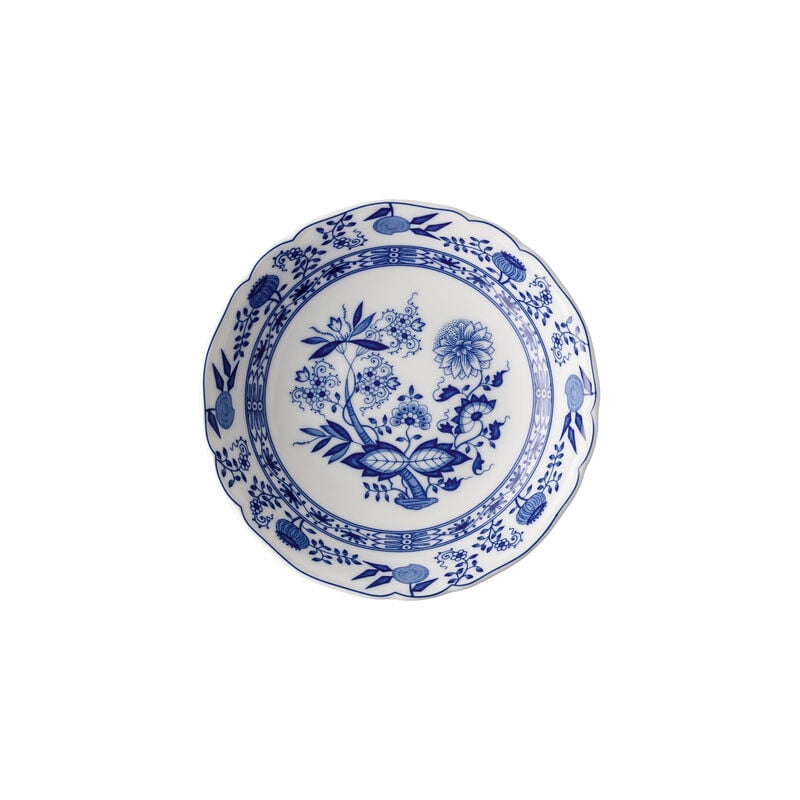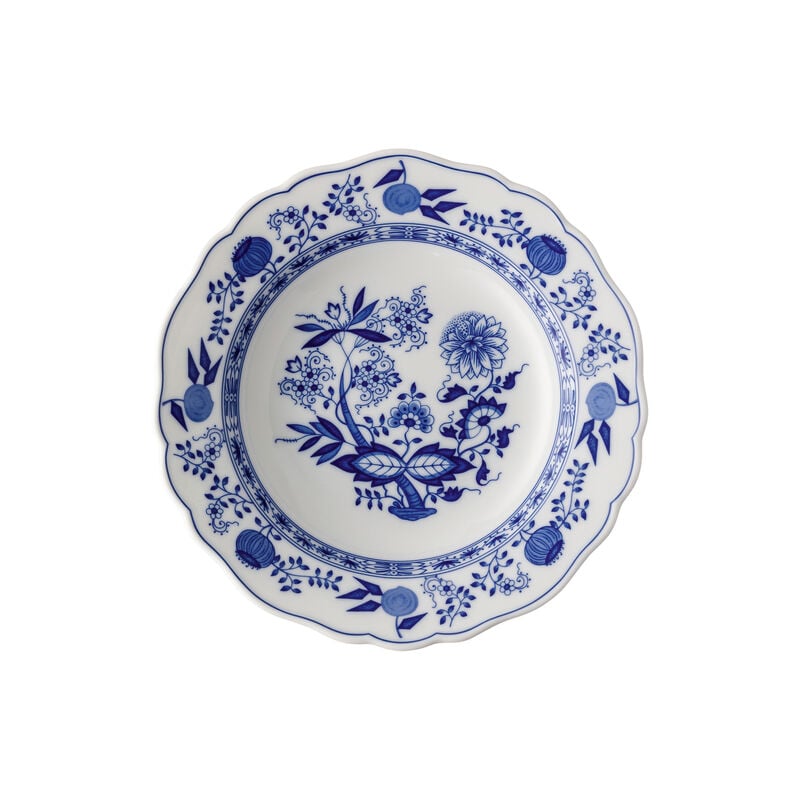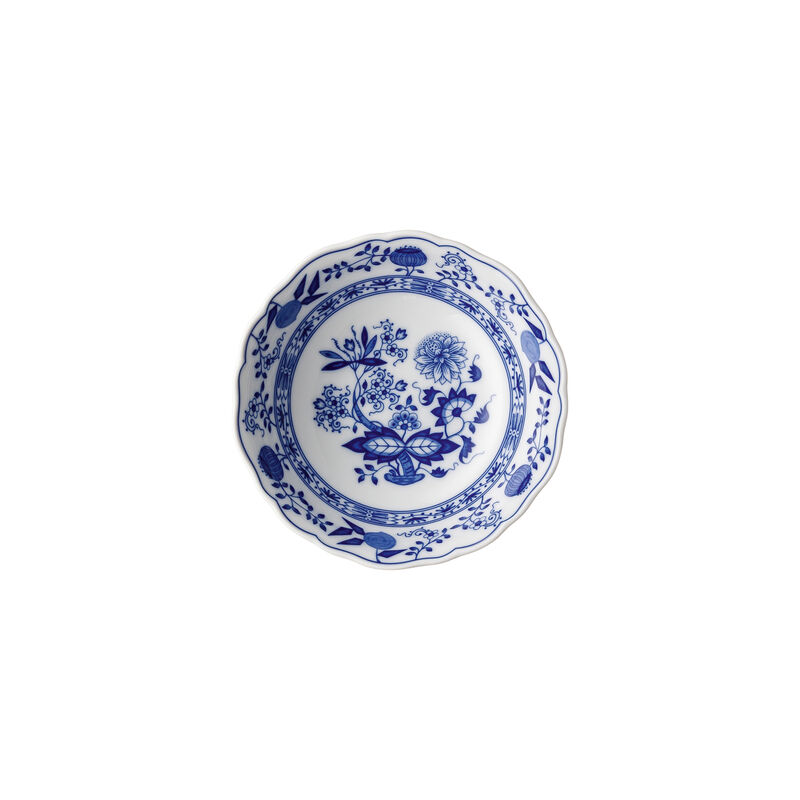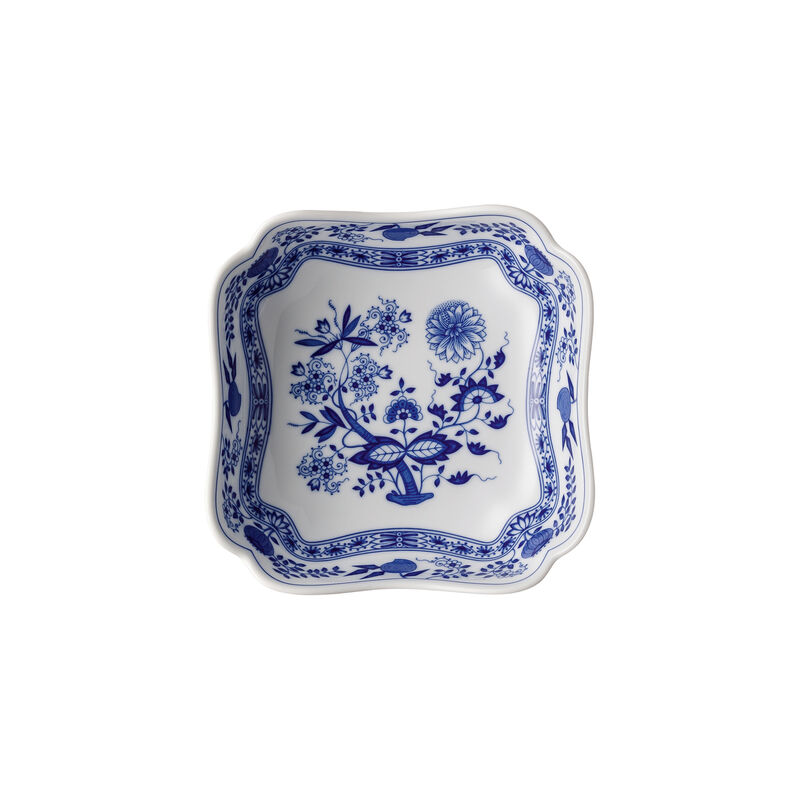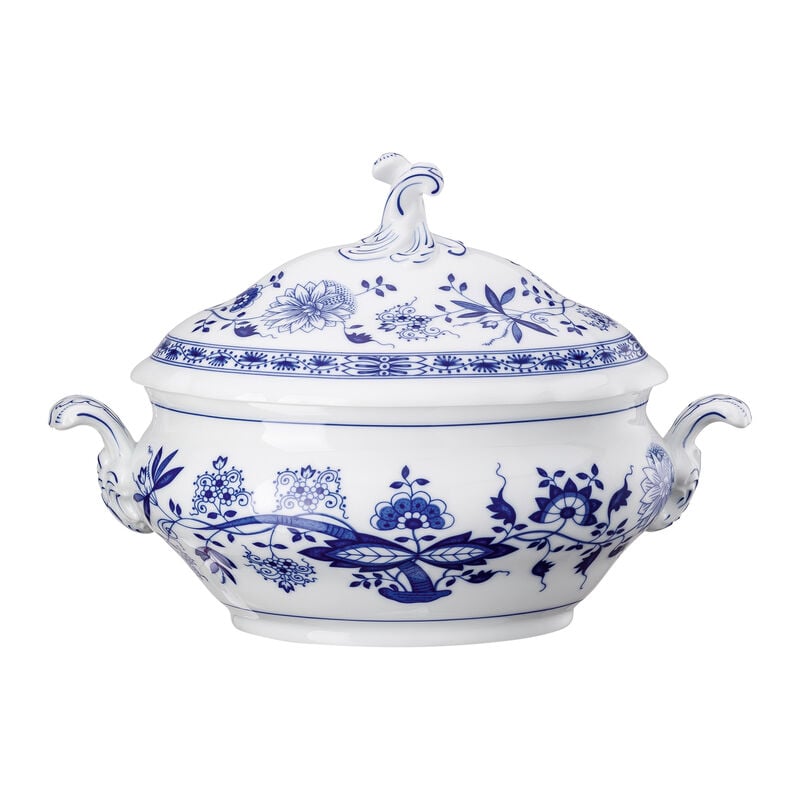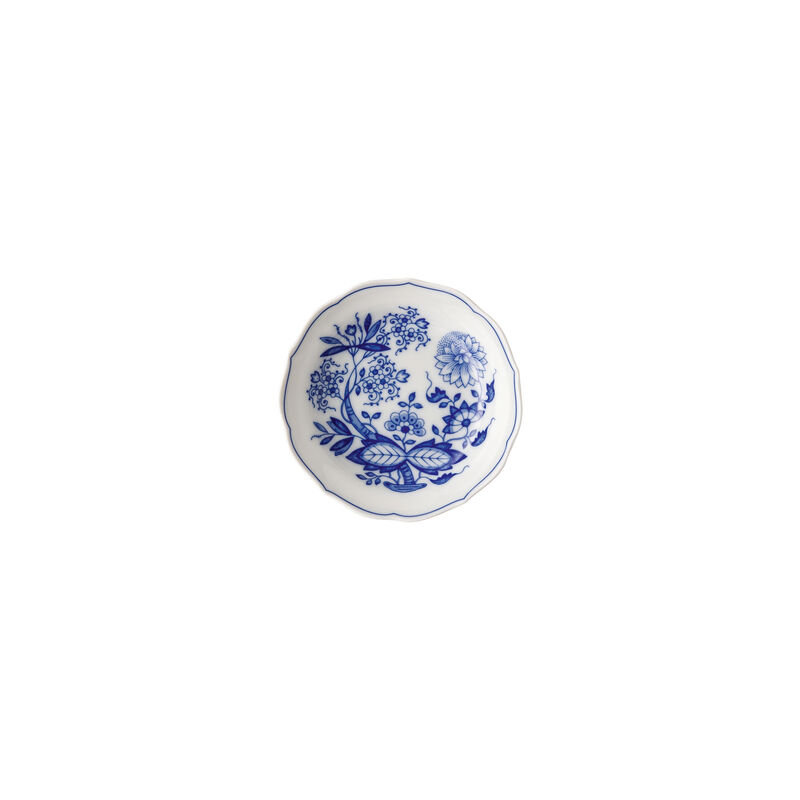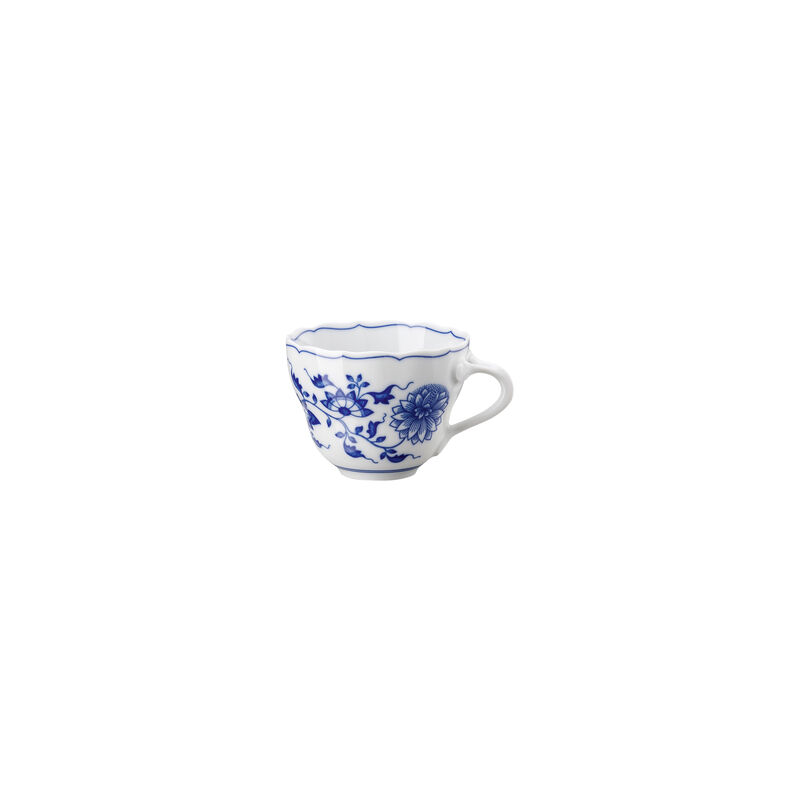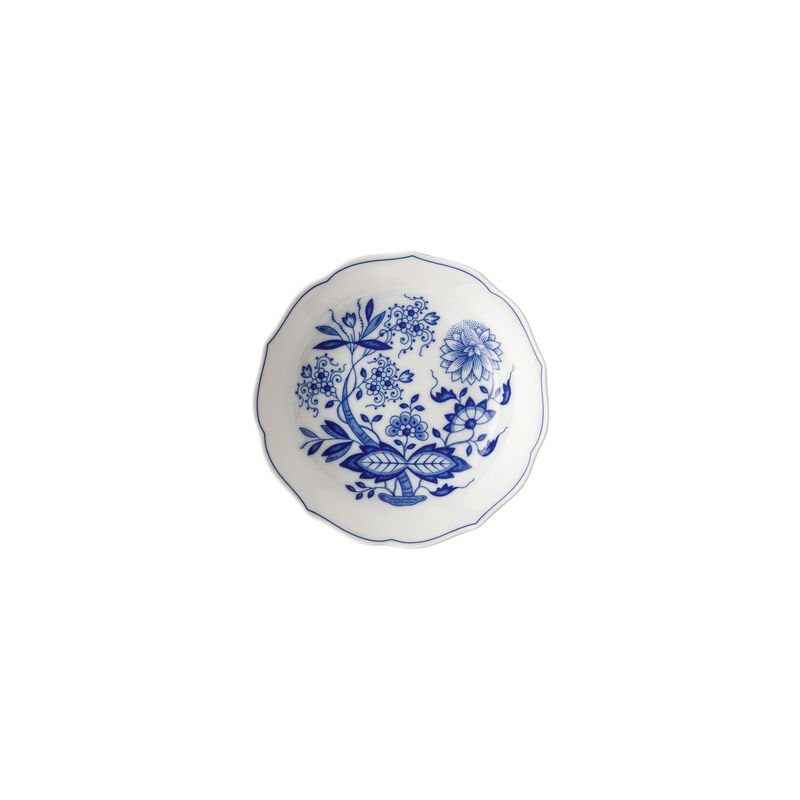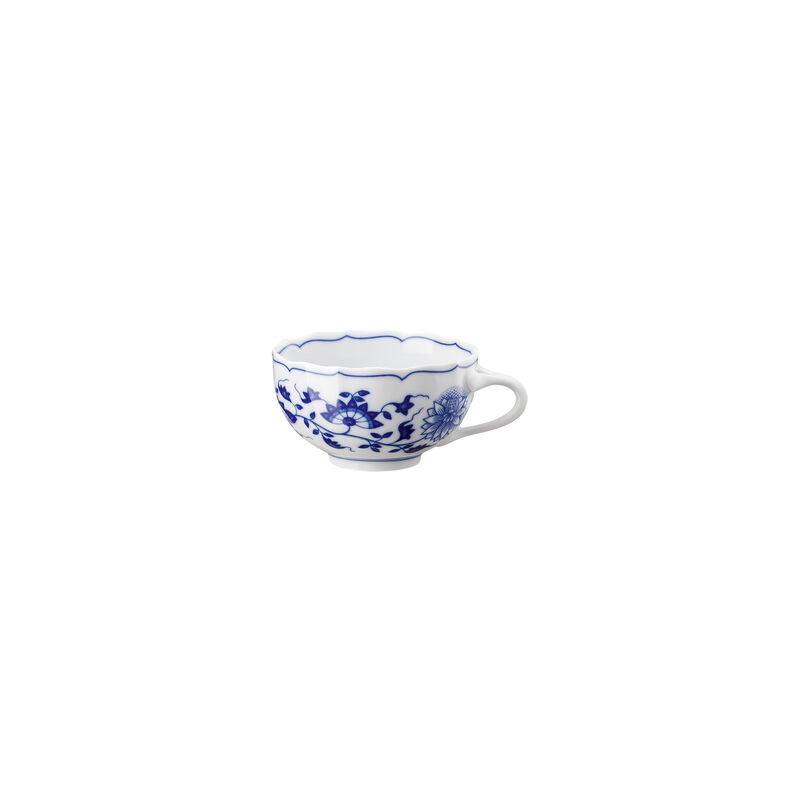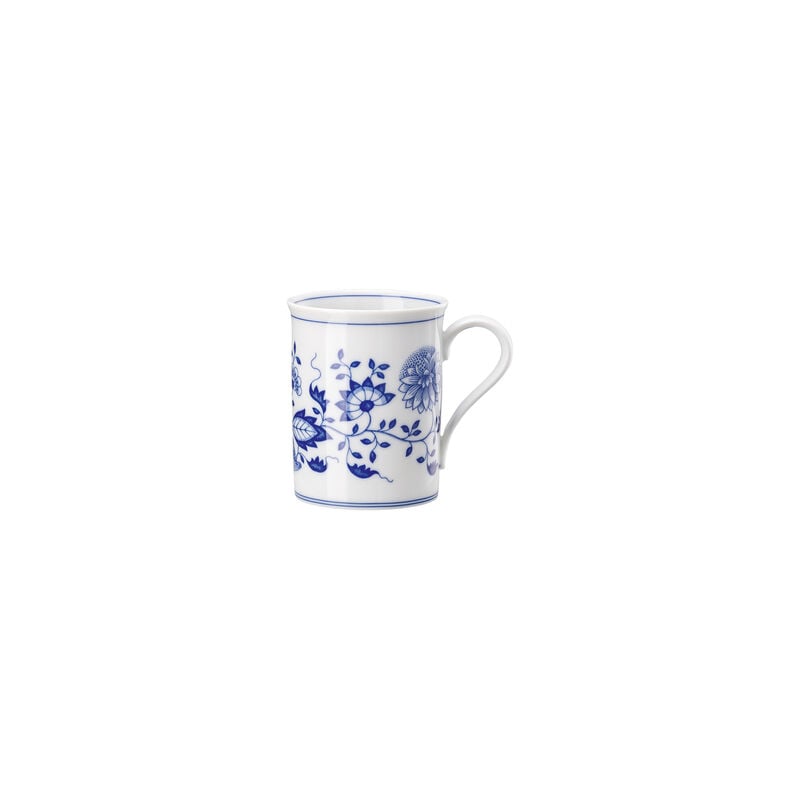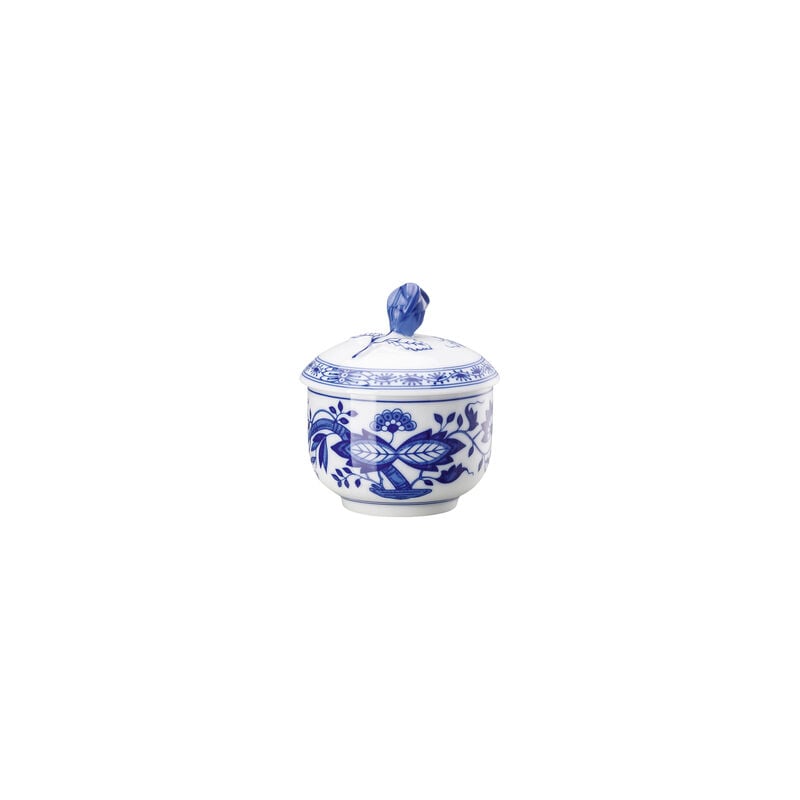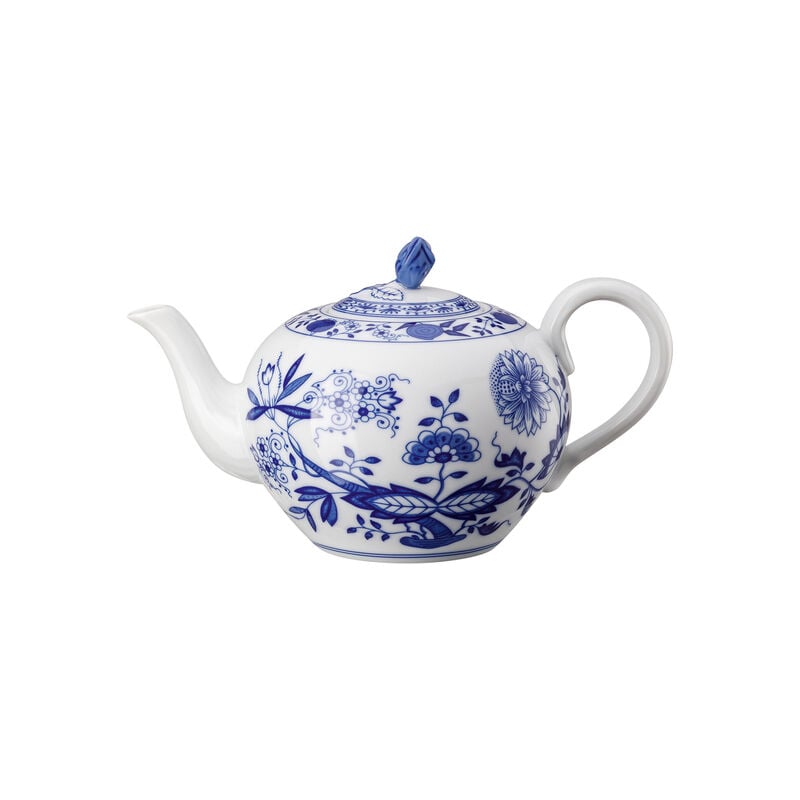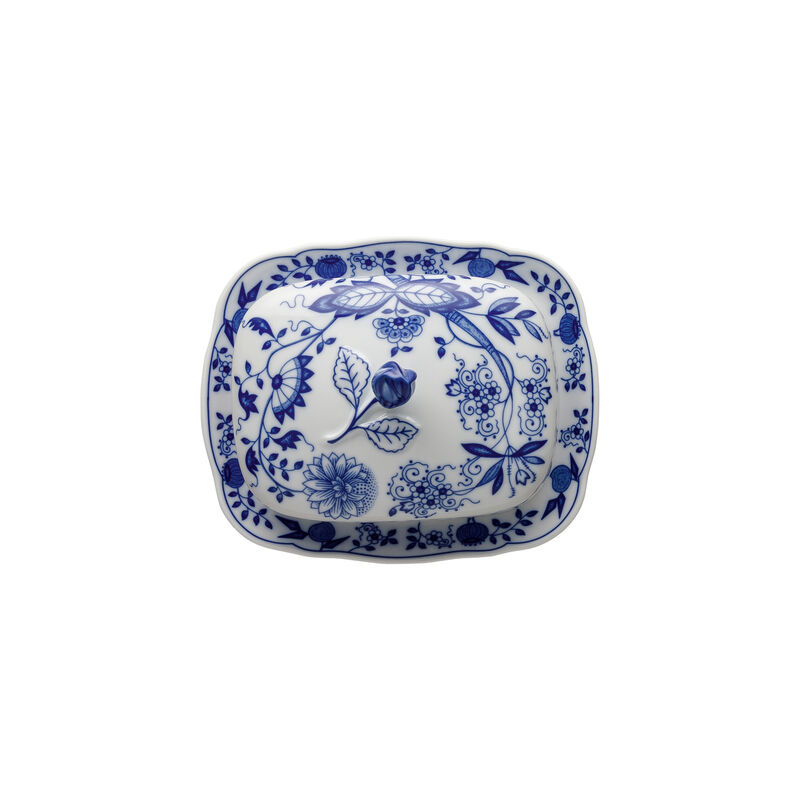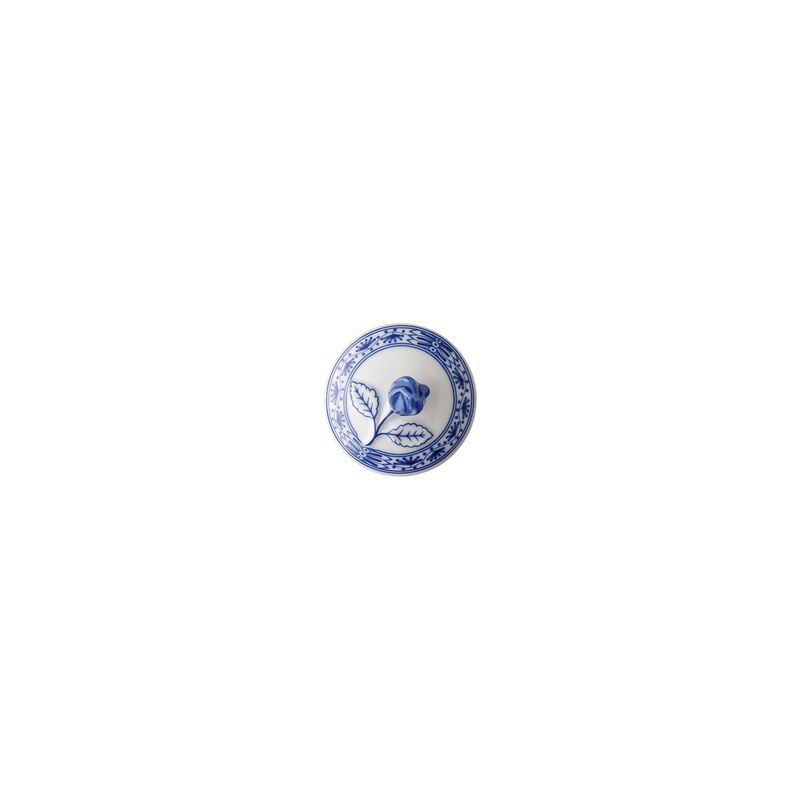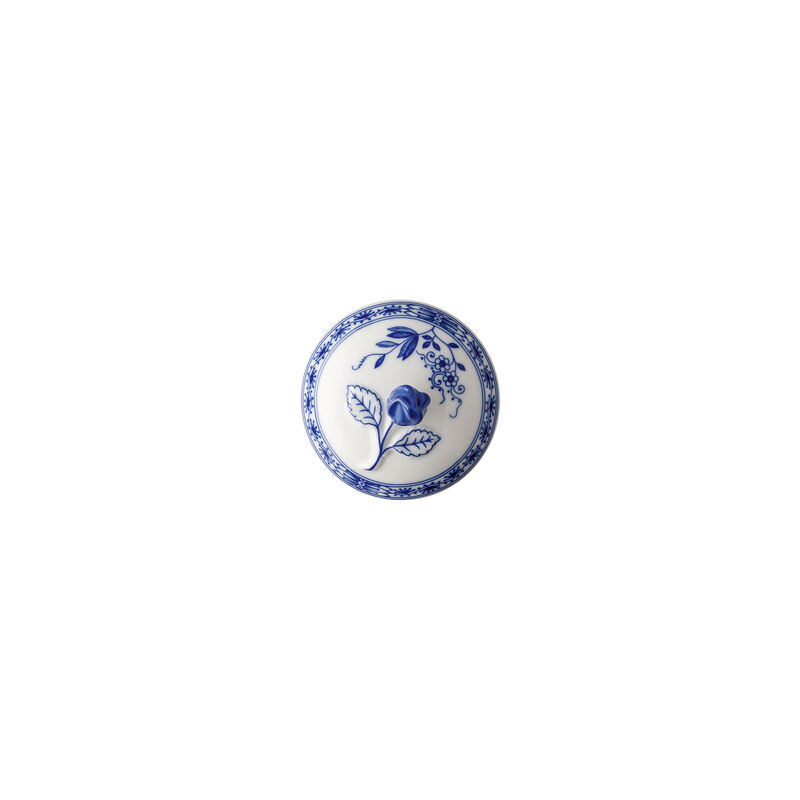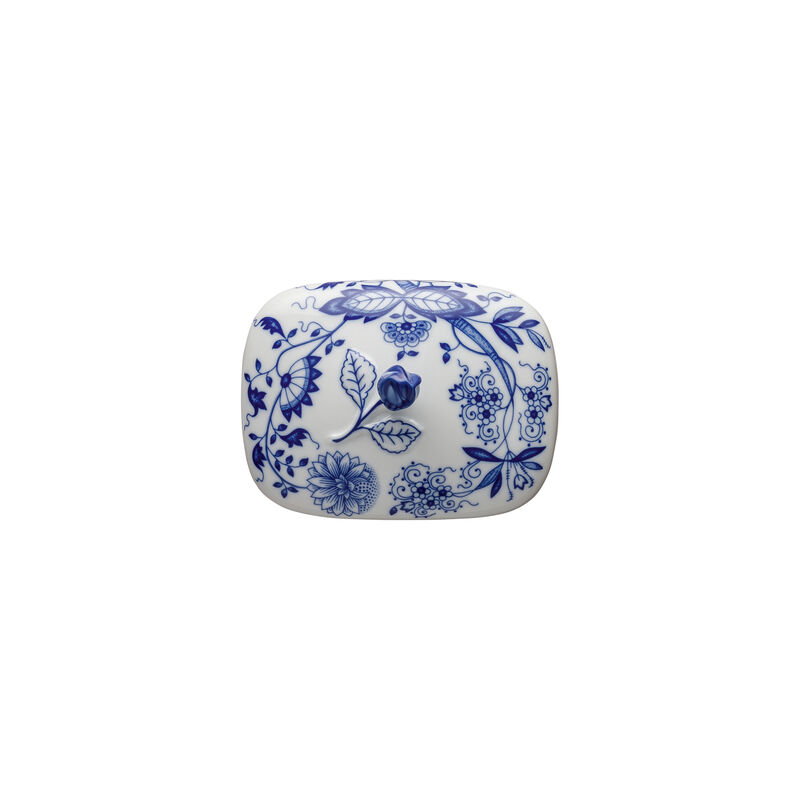-
Österreich | Deutsch
-
Austria | English
-
Belgique | Français
-
Belgium | English
-
Bulgaria | English
-
Cyprus | English
-
Croatia | English
-
Czechia | English
-
Denmark | English
-
Estonia | English
-
Finland | English
-
France | Français
-
France | English
-
Deutschland | Deutsch
-
Germany | English
-
Greece | English
-
Hungary | English
-
Ireland | English
-
Italia | Italiano
-
Italy | English
-
Latvia | English
-
Lithuania | English
-
Luxembourg | English
-
Netherlands | English
-
Poland | English
-
Portugal | English
-
Romania | English
-
Slovakia | English
-
Slovenia | English
-
Spain | English
-
Sweden | English
-
Schweiz | Deutsch
-
Suisse | Français
-
Svizzera | Italiano
-
Switzerland | English
-
United Kingdom | English
(24)
24 Results
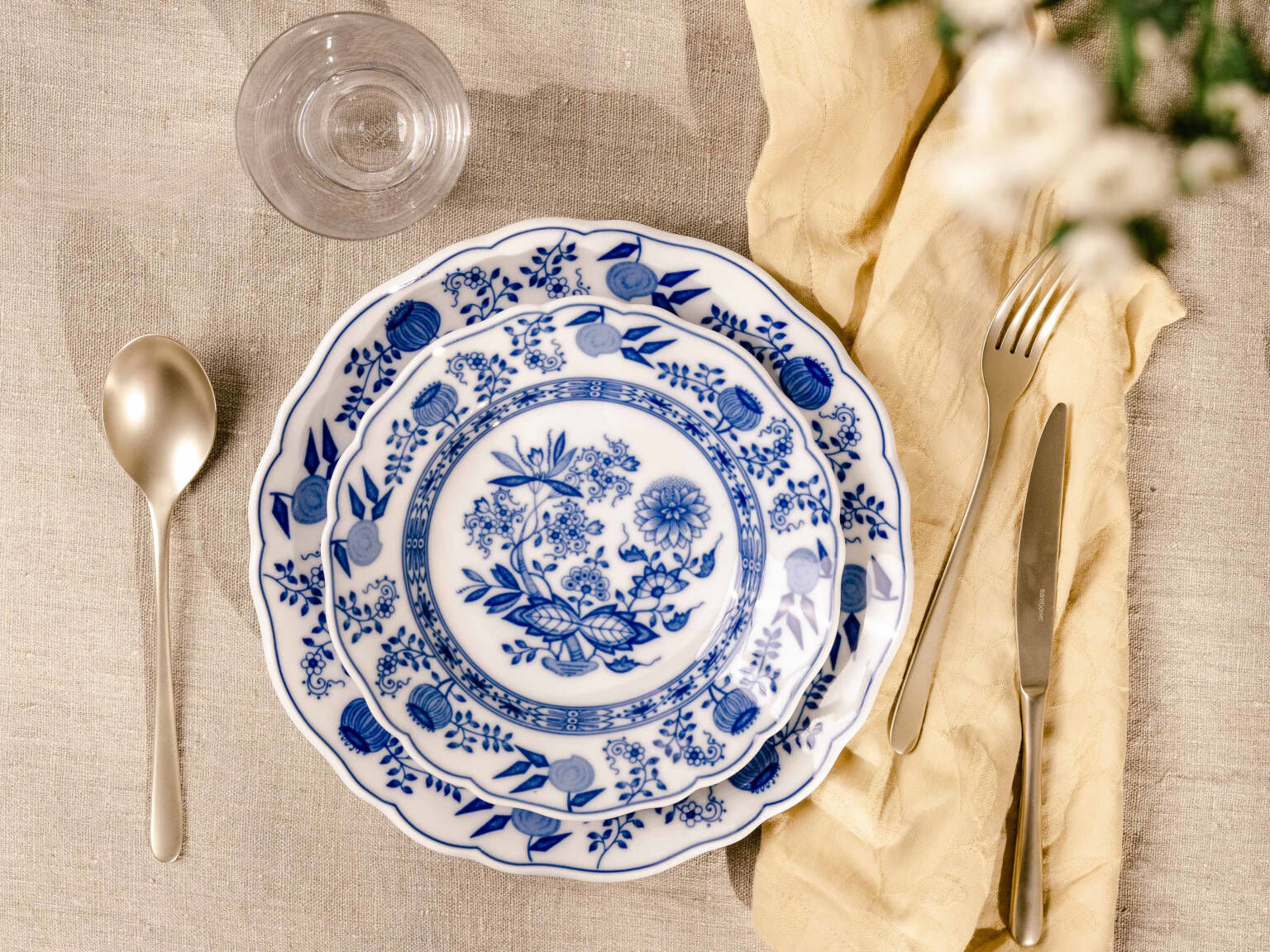
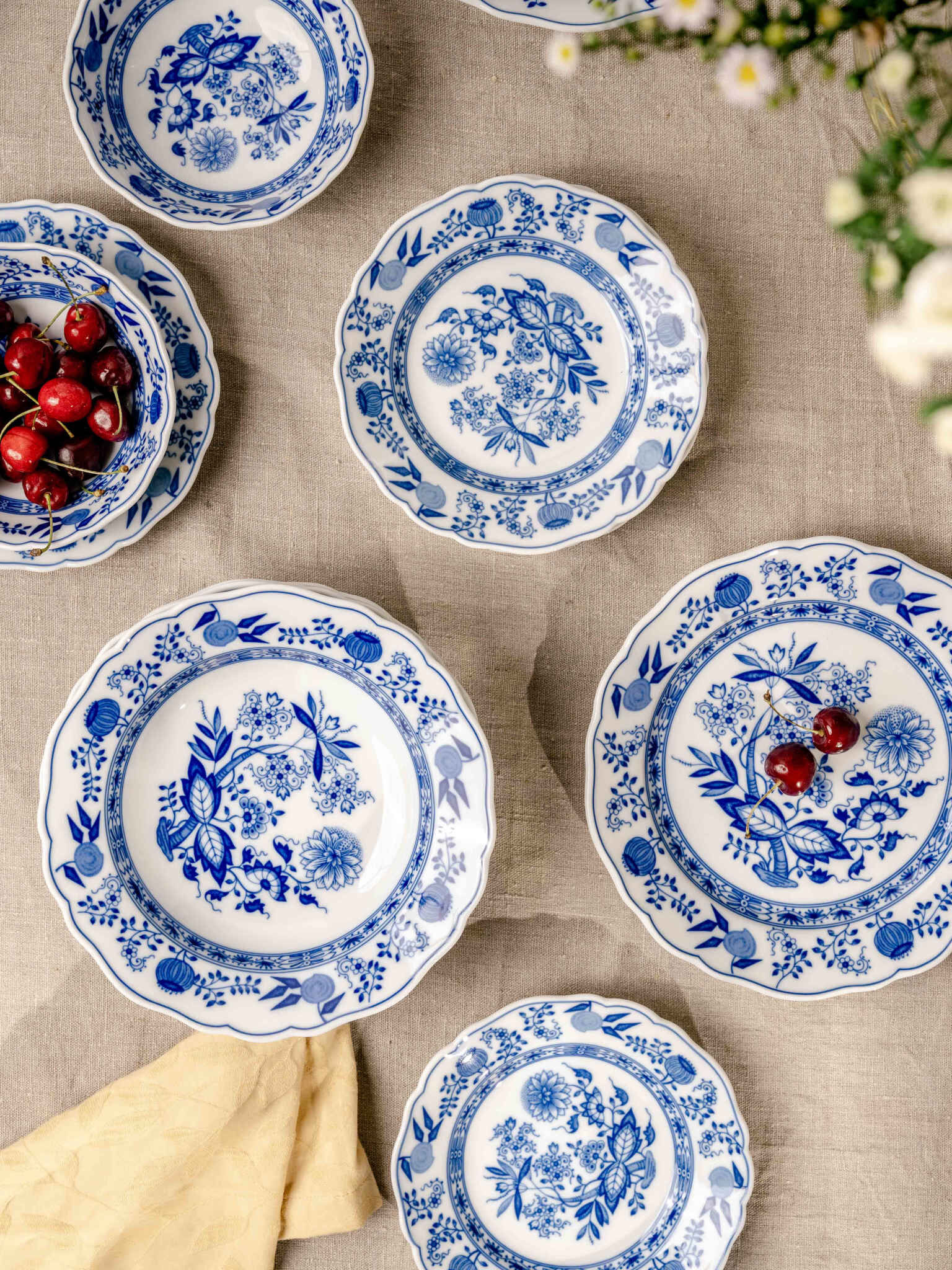
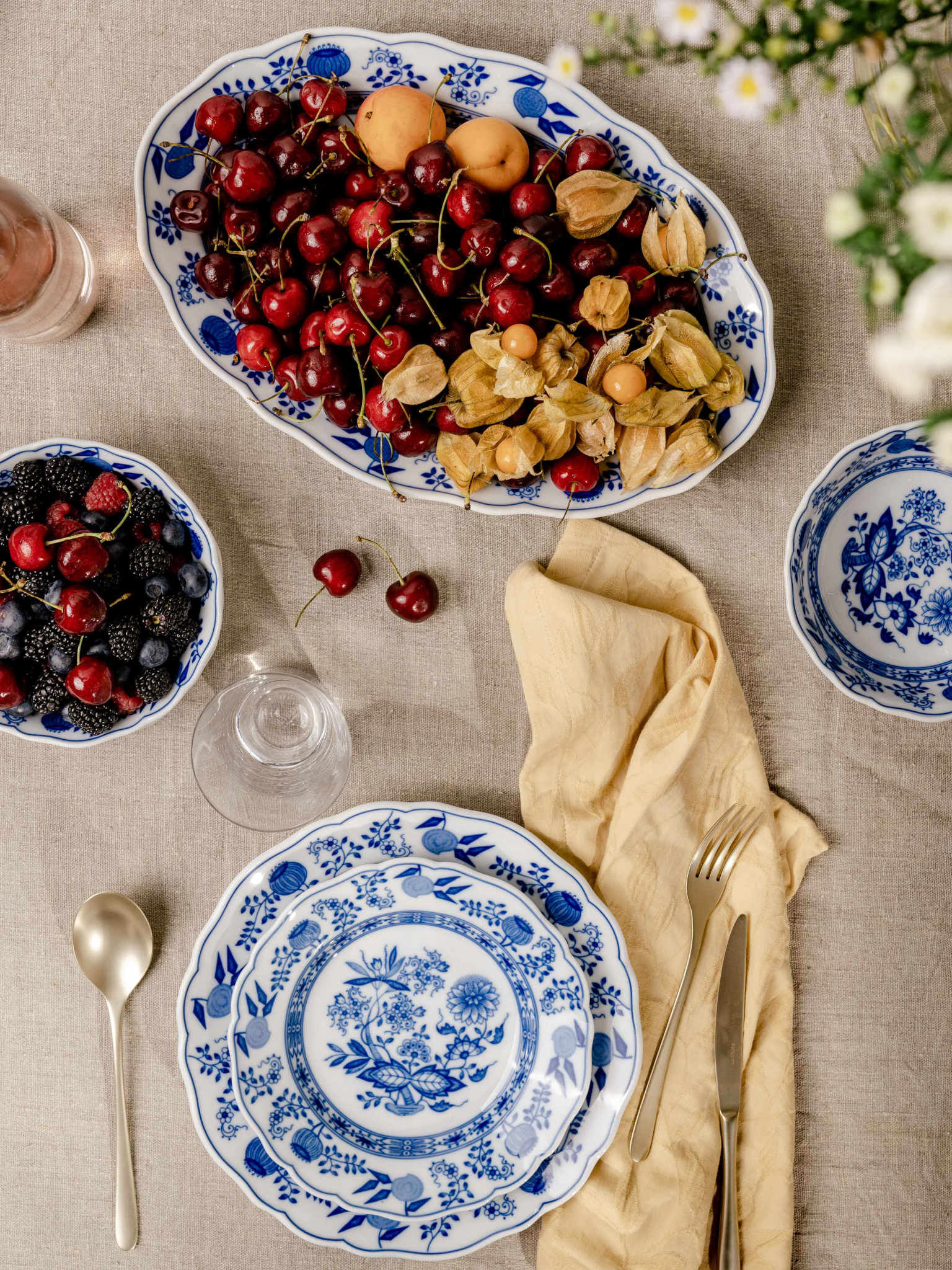
The tradition-steeped history of the onion pattern goes right back to ancient China, the country from where porcelain first originated. Floral motives in underglaze painting on finest white porcelain can already be traced back to the Ming period (1368–1644). The asymmetrical layout of the different motives that emanated from the Japanese Kakimon painting in Arita can, for instance, be rediscovered in the onion pattern’s aster-bamboo bouquet. In line with the trend towards Chinese fashion at the time, European artists eagerly picked up on these motives in the 18th century, creating independent decors from these that to this day have lost nothing of their appeal. In the process, the famous “onion pattern” developed in 1739. The name arose from common parlance in a failure to recognise the true motives in the alleged onion pattern. In actual fact, there are no onions in this decor, but pomegranates, peaches, peonies, and an aster-bamboo bouquet. According to East Asian philosophy, each piece of fruit, each plant has its own symbolic significance: - Bamboo stands for the social upper class, - the pomegranate is a symbol of fertility, - the peony symbolises wealth, - the pit of the peach with its furrowed structure on the surface stands for immortality. The white form of the Meissen porcelain manufacturer C. Teichert, which goes back to a design dating from 1728, was taken over by Lorenz Hutschenreuther in 1926 and introduced to the market as Maria Theresia. Also originating from C. Teichert is the “Blue onion pattern” that has been manufactured at Hutschenreuther since 193. Still today, pure cobalt paint is used, and a high degree of careful craftsmanship still forms the backbone to the work, e.g. for painting accessories, lid knobs, plate rims and cup bases. The refined design of detail is seen as the distinctive feature of the “Hutschenreuther Blue Onion”. The decor corresponds to the standards that apply in modern households and is dishwasher-safe and microwavable. The tradition was carried on to this day – the baroque “Blue Onion” is still Hutschenreuther’s most successful and substantial series and will always find admirers over numerous table experiences that take place throughout the day.

